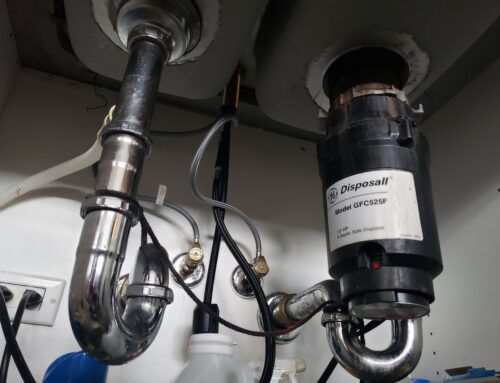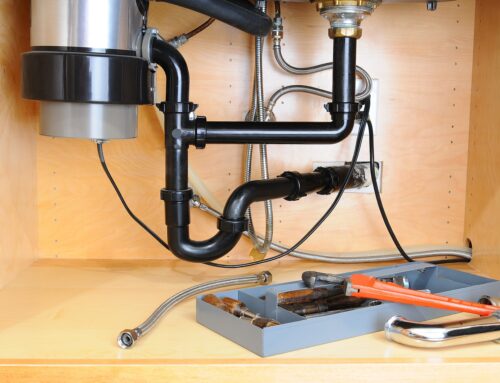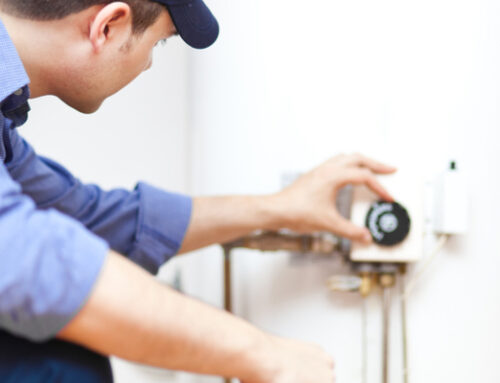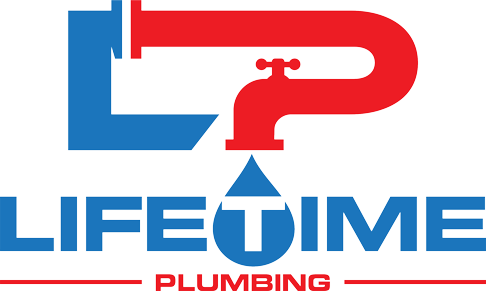Table of Contents
The Basics About Water Heaters: Types, Parts and How They work
Water heaters are essential appliances in our homes, providing us with hot water for various daily activities, from showers to washing dishes. Understanding the different types of water heaters, their key components, and how they work can help you choose the right one for your needs and maintain it effectively.
In this article, we’ll explore the basics of water heaters to empower you with knowledge about these indispensable devices.
What is a Water Heater?
A water heater is a household appliance designed to heat and supply hot water for various domestic purposes, such as bathing, showering, cleaning, and washing dishes. It works by heating cold water and storing it in a tank (in the case of traditional tank water heaters) or heating it on-demand (as in tankless water heaters). The heated water is then delivered through pipes to faucets, showers, and appliances, providing a constant supply of hot water when needed. Water heaters are a fundamental part of modern homes, ensuring comfort and convenience in daily activities.
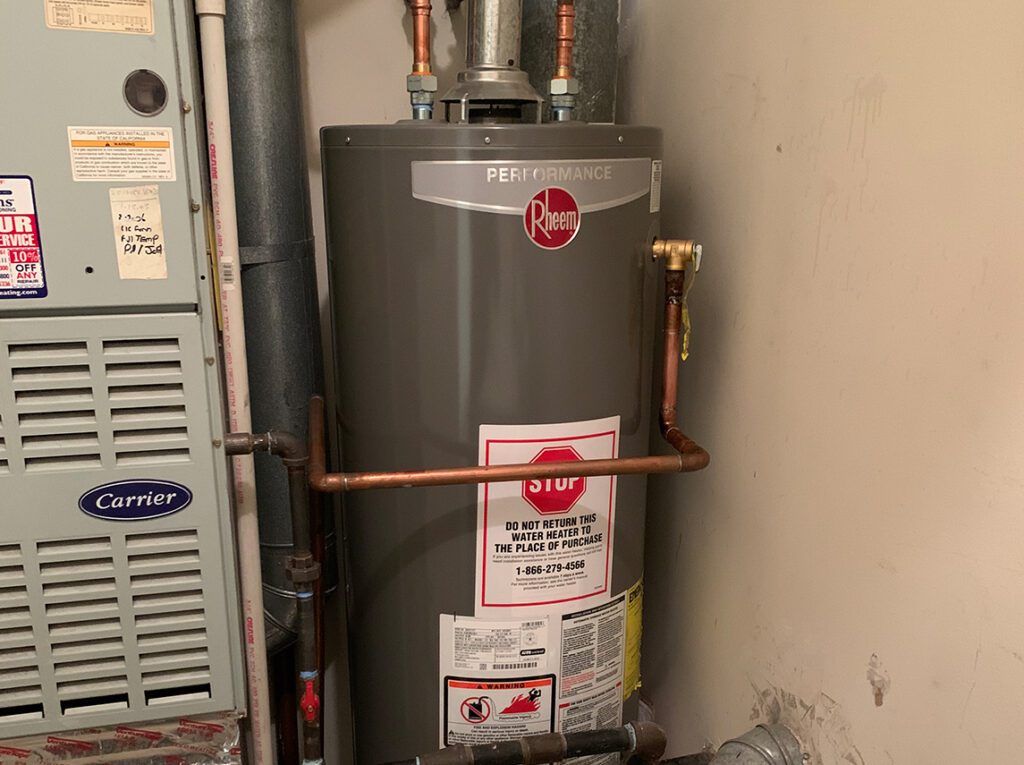
Different Types of Water Heaters
Tank Water Heaters
Tank water heaters are the most common type, featuring a large tank that stores and heats water. To understand this process better, cold water enters the tank through a dip tube, is heated by a heating element (electric) or a gas burner (gas), and then rises to the top for use. However, it’s worth noting that while they provide a continuous supply of hot water, they can run out during high-demand periods.
Tankless Water Heaters
Tankless water heaters, also known as on-demand water heaters, have the capability to directly heat water as it passes through the system, thereby eliminating the necessity for a storage tank. It’s important to recognize, they are more energy-efficient and provide hot water on demand, but they may have limitations in high-demand situations.
Heat Pump Water Heaters
Heat pump water heaters use electricity to move heat from the air or ground to heat the water, making them highly energy-efficient. However, it’s worth noting that they work best in warm climates and can be more expensive upfront.
Solar Water Heaters
Solar water heaters harness the energy from the sun to heat water through solar collectors.
They can significantly reduce energy bills but require adequate sunlight and may need a backup system for cloudy days.
Key Components of Water Heaters
Tank
In traditional storage water heaters, a tank is a large, insulated container that holds a volume of water, typically ranging from 20 to 80 gallons. This tank is made of materials like steel or glass-lined steel to withstand the water’s corrosive effects.
Heating Element or Burner
Inside the tank, there are one or two heating elements. To better understand these critical components, for electric water heaters, these are electric resistance heating elements. For gas water heaters, there is a gas burner located at the bottom of the tank. Now that we’ve identified the key differences between these systems, the heating elements are responsible for raising the water temperature to the desired level.
Thermostat
A thermostat is used to control and maintain the water temperature within the tank. When the water temperature drops below the set point, the thermostat signals the heating element to heat the water.
Anode Rod
Anode rods are sacrificial components made of materials like aluminum or magnesium. They are installed in the tank to prevent corrosion. The anode rod corrodes in place of the tank, effectively extending the tank’s lifespan.
Pressure Relief Valve
This safety feature prevents excessive pressure from building up inside the tank. If the pressure or temperature within the tank becomes dangerously high, the relief valve will open. The reason why this happens is to release some of the pressure.
Dip Tube
Cold water enters the tank through the dip tube. The tube directs the incoming cold water to the bottom of the tank, ensuring it gets heated before rising to the top for distribution.
Drain Valve
Located at the bottom of the tank, the drain valve allows you to periodically drain the tank for maintenance or replacement.
Hot Water Outlet
This is where the hot water comes out of the tank and flows to your faucets and showers.
Cold Water Inlet
The cold water inlet is where fresh, cold water enters the tank to replace the hot water that has been used.
Insulation
Water heater tanks have insulation to keep heat from escaping. The thickness and quality of this insulation can vary, affecting how well the heater conserves energy.
How Water Heaters Work
Heating Process
Cold water enters the tank through the dip tube. Subsequently, the heating element (electric) or gas burner (gas) heats the water to the desired temperature. As a result, the heated water ascends to the uppermost portion of the reservoir, readily available for utilization.
Temperature Control
The thermostat monitors and maintains the water temperature inside the tank.
Safety Features
Pressure relief valves serve the purpose of averting the accumulation of excessive pressure. Anode rods function as a safeguard for the tank, shielding it from corrosion.
Conclusion
Understanding the types, components, and operational principles of water heaters is crucial for choosing the right one and ensuring its efficient operation. Whether you opt for a traditional tank water heater or a more energy-efficient tankless or heat pump model, grasping the basics empowers you to make informed decisions for your home’s hot water needs.
Contact Lifetime Plumbing
If you need help with your water heater, call Lifetime Plumbing, your plumber in Chicago. Regardless of the type of water heater you select, Lifetime Plumbing is available to offer assistance. We would be delighted to assist you in upgrading or inspecting your residence’s water heater. Furthermore, after completing the repair or installation, we ensure to tidy up the work area and leave it clean and free of clutter.

